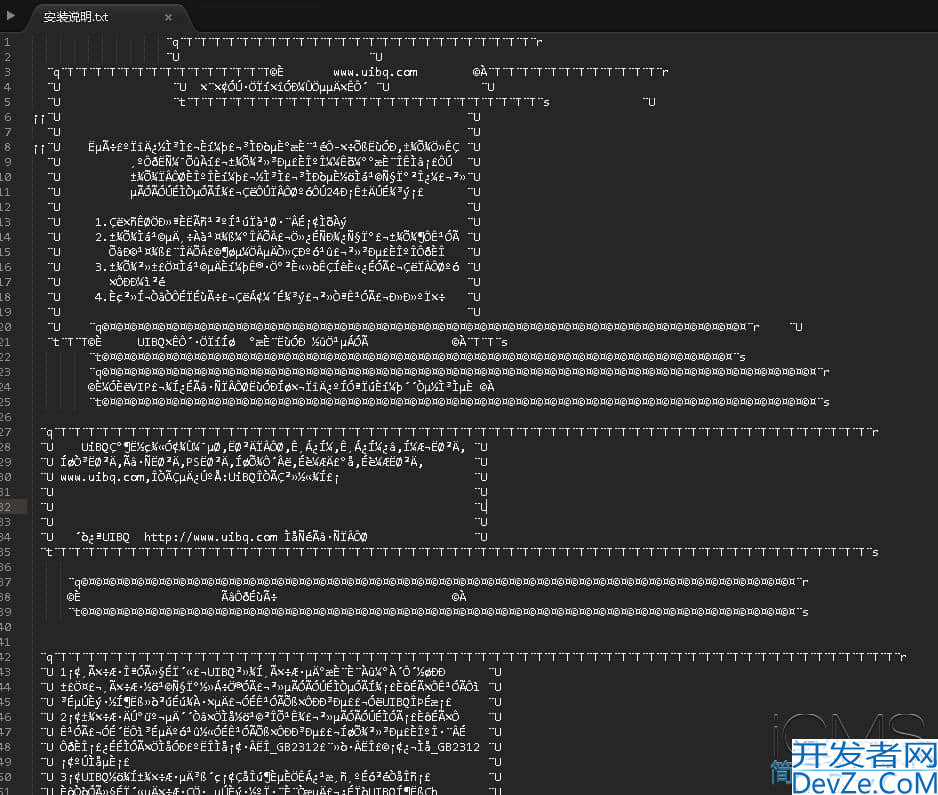Mybatis传递List集合方式
目录
- 第一种
- 第二种
- 第三种
- 第四种
- 第五种
- 第六种
- 第七种
- 总结
第一种
参数编程客栈是常规的List, 但是XML变量名不是list------报错
完整错误如下:
org.apache.iBATis.binding.BindingException: Parameter ‘customerIdList’ not found. Available parameters are [collection, list]
解释:
- 当我们传递一个 List 实例或者数组作为参数对象传给 MyBatis。
- 当你这么做的时 候,MyBatis 会自动将它包装在一个 Map 中,用名称在作为键。
- List 实例将会以“list” 作为键,而数组实例将会以“array”作为键。
- 所以,当我们传递的是一个List集合时,mybatis会自动把我们的list集合包装成以list为Key值的map。
DAO 层:
Long selectCustomerCountList(List customerIdList);
XML文件:
<select id="selectCustomerCountList" parameterType="Java.util.List" resultType="java.lang.Long">
select count(1) from np_customer_info where id in
<foreach item="item" collection="customerIdList" separator="," open="(" close=")" index="">
#{item, jdbcType=INTEGER}
</foreach>
</select>
======================
注意:DAO 层接口的参数名与XML 文件中的collection的属性值一致,是导致的问题的主要原因。
第二种
参数是常规的List, xml变量名是list------正常
- 利用Mybatis给我们的封装进行XML配置,将我们的XML中collection属性值设置为list。
DAO 层:
Long selectCustomerCountList( List customerIdList);
XML文件:
<select id="selectCustomerCountList" parameterType="java.util.List" resultType="java.lang.Long">
select count(1) from np_customer_info where id in
<foreach item="item" collection="list" separator="," open="(" close=")" index="">
#{item, jdbcType=INTEGER}
</foreach>
</select>
======================
注意:此时collection强制指定为list且不可改变
第三种
利用注解@Param指定入参List的名称------正常
DAO层:
Long selectCustomerCountList(@Param("customerIdList") List customerIdList);
XML文件:
<select id="selectCustomerCountList" parameterType="java.util.List" resultType="java.lang.Long">
select count(1) from np_customer_info where id in
<foreach item="item" collection="customerIdList" separator="," open="(" close=")" index="">
#{item, jdbcType=INTEGER}
</foreach>
</select>
======================
注意: 此时的DAO层参数名可以 @Param("customerIdList") 与 collection的属性值一致
第四种
将List包装成Map参数进行传递------正常
在Service业务处理层次上面将参数进行包装
public Long selectCustomerCountMap(List customerIdList) {
Map maps = new HashMap();
maps.put("customerIds", customerIdList);
return customerMapper.selectCustomerCountMap(maps);
}
DAO层:
Long selectCustomerCountMap(Map maps);
XML文件:
<select id="selectCustomerCountMap" parameterType="java.util.Map" resultType="java.lang.Long">
select count(1) from np_customer_info where id in
<foreach item="item" collection="customerIds" separator="," open="(" close=")" index="">
#{item, jdbcType=INTEG编程ER}
</foreach>
</select>
==============
注意: 入参类型是java.util.Map而不再是List ,此时的collection属性值为Map中的Key值。
第五种
把List 放入一个Bean对象中 ------报错
Model层(Bean层):
public class CompanyQueryModel {
private String companyType;
private List<String> customsCodeList;
}
DAO层:
List<CompanyResultModel> selectCompanyInfo (CompanyQueryModel companyQueryModel);
XML层:
<select id="selectCompanyInfo" parameterType="com..dto.CompanyQueryModel" resultType="com.dto.CompanyResultModel">
select * from np_company_info
<if test="customsCodeList != null and customsCodeList.size() > 0">
and v.CUSTOMS_CODE in
<foreach item="item" index="index" collection="customsCodeList" open="(" separator="," close=")">
#{item}
</foreach>
</if>
</select>
第六种
把List 放入一个Bean对象中,利用@Param指定入参Bean名称,Xml取Bean.List------正常
Model层(Bean层):
public class CompanyQueryModel {
private String companyType;
private List<String> customsCodeList;
}
DAO层:
List<CompanyResultModel> selectCompanyInfo(@Param("model") CompanyQueryModel companyQueryModel);
XML层:
<select id="selectCompanyInfo" parameterType="com..dto.CompanyQueryModel" resultType="com.dto.CompanyResultModel">
select * from np_company_info
<if test="model.customsCodeList != null and model.customsCodeList.size() > 0">
and v.CUSTOMS_CODE in
<foreach item="item" index="index" collection="model.customsCodeList" open="(" separator="," close=")">
#android{item}
</foreach>
</if>
</select>
第七种
把List 放入一个Bean对象中, XML不用#{item} 改为 #{tagIds[${index}]}
- 这中写法意思是,取这个数组中的每一个,因为字段是List。
Bean层:
public class AlarmConditionDTO {
private List<String> orgIds;
priandroidvate List<String> tagIds;
private String alertType;
}
DAO层:
List<Map<String,String>> selectDeviceCountByCondition(AlarmConditionDTO alarmConditionDTO);
XML层:
<select id="selectDeviceCountByCondition" resultType="java.util.Map">
SELECT * from md_tag_target_relation_device
where 1=1
<if test="tagIds != null and tagIds.size()>0">
and tag_id IN
<forjzSknuLogSeach collection="orgIds" index="index" open="(" close=")" separator="," item="item">
#{tagIds[${index}],jdbcType=VARCHAR}
</foreach>
</if>
<if test="orgIds != null and orgIds.size()>0">
and d.region_code IN
<foreach collection="orgIds" index="index" open="(" close=")" separator="," item="item">
#{orgIds[${index}],jdbcType=VARCHAR}
</foreach>
</if>
总结
以上为个人经验,希望能给大家一个参考,也希望大家多多支持编程客栈(www.devze.com)。





 加载中,请稍侯......
加载中,请稍侯......
精彩评论